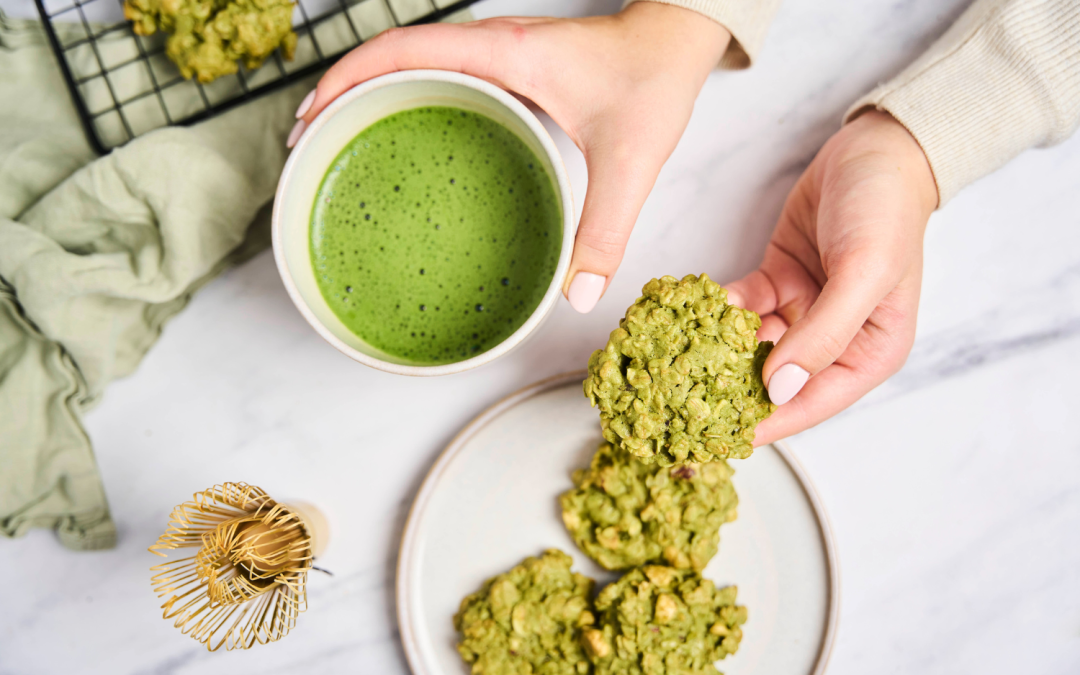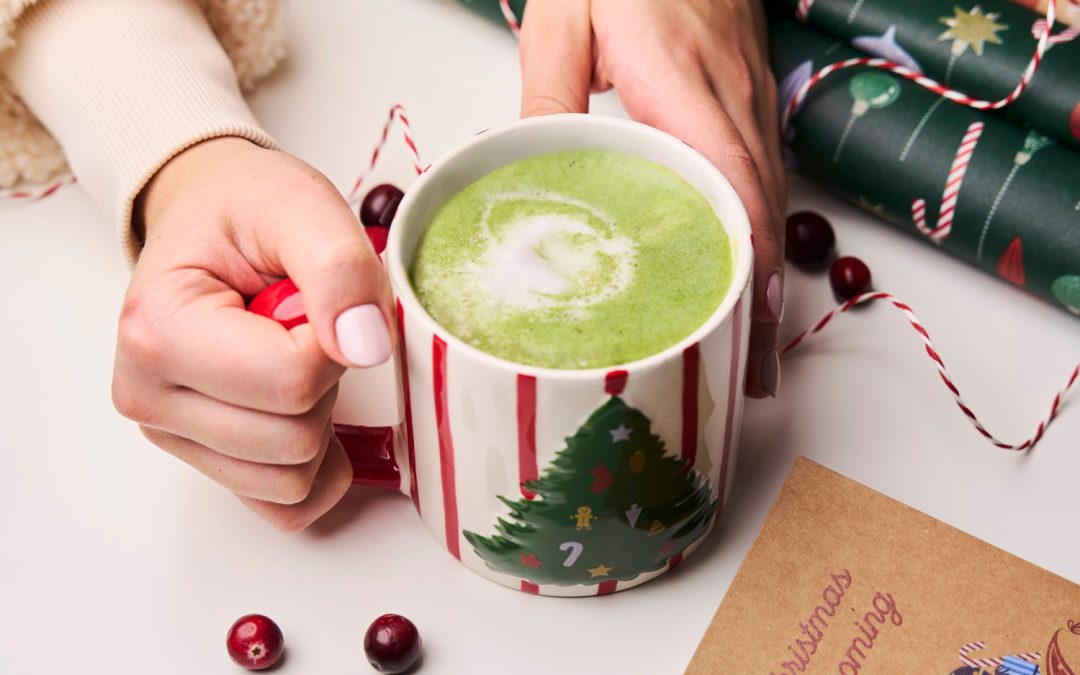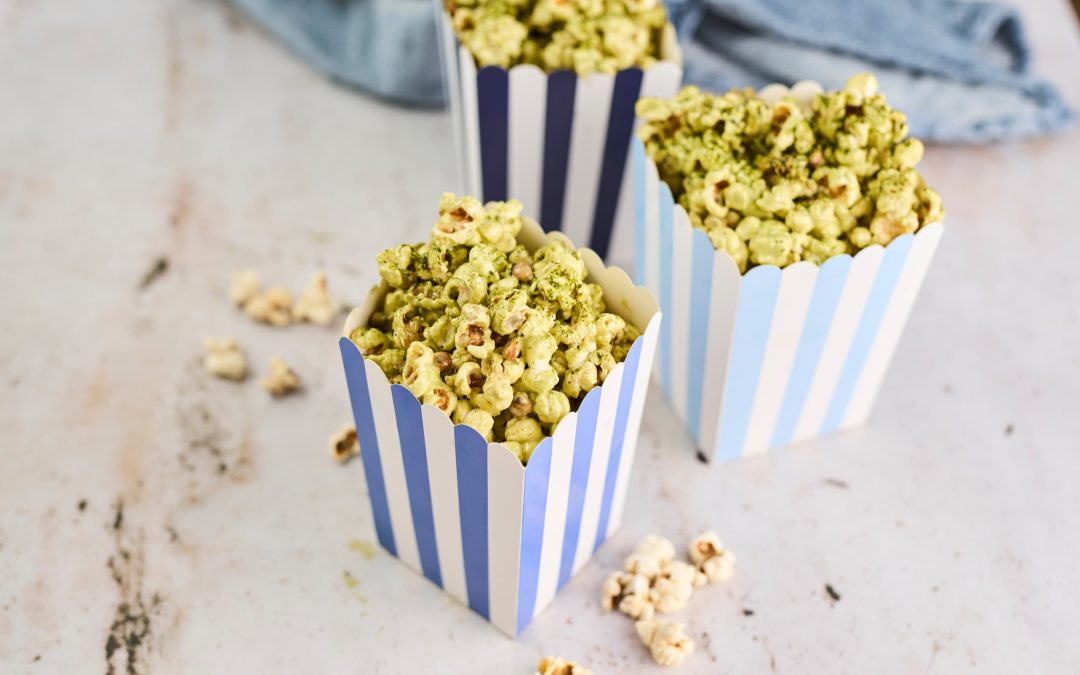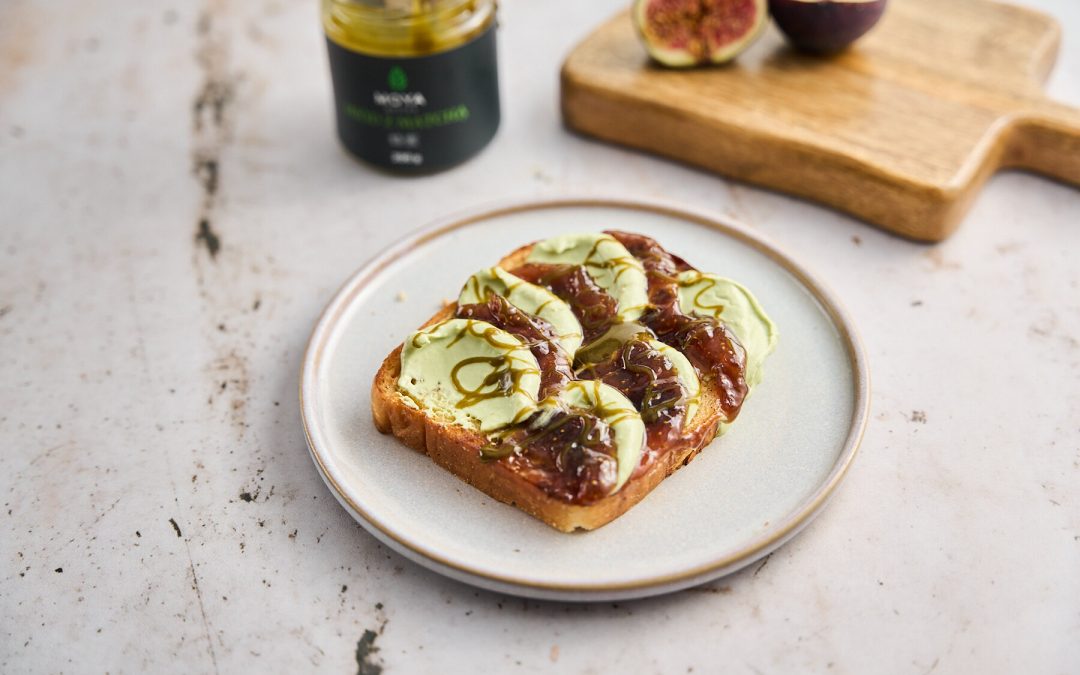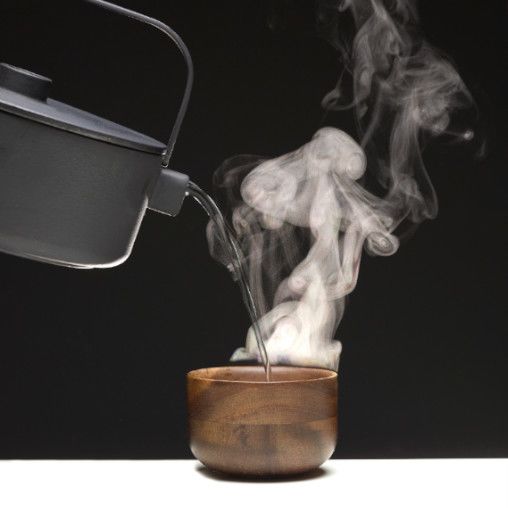
Green tea is becoming increasingly popular all over the world. However, in order to be able to enjoy its taste and effects, one first needs to brew it well. And this is not always as obvious as it may seem. There is a myriad of myths about brewing green tea. How to do in a way, which will allow us to get the most out of green tea’s properties? We advise within the article below.
1. Avoid boiling water like fire
Despite their differences, all kinds of Japanese green tea have one thing in common – none of them like boiling water. Water hotter than 90 ° C may negatively affect the valuable health properties of the infusion, or even completely annihilate them. Moreover, pouring excessively hot water over tea causes an increased release of tannins, which results in unpleasant bitterness and inhibition of the effects of caffeine. Such inhibition then results in the vanquishing of the stimulating effect of the tea. There are certain varieties of green tea that can be brewed with the use of high-temperature water. Hojicha, a roasted tea of a smoky aroma, can, for example, be poured over with water at a temperature reaching up to 90°C. However, vast majority of popular kinds of green tea, such as refreshing sencha or butter-rice genmaicha, should only be brewed with water at the temperature not exceeding 70-80°C. Interestingly, it is the temperature closer to 80°C that favours the antioxidant potential of green tea.
2. Remember about the brewing time
Another most important parameter, apart from the water temperature, is the brewing time of the tea. It also differs between particular kinds of green tea. It ranges from as fast as one minute (e.g. in the case of hojicha) to up to four minutes, needed e.g. to prepare bancha, common everyday tea in Japan. The brewing time is significant, as it substantially affects the flavour of the prepared brew. Excessively short brewing time will result in an overly watery, bland infusion; too long brewing time, on the other hand, will result in an unpleasant bitterness, caused by excess tannin secretion. Once the infusion is ready, do not forget to remove the tea leaves to prevent further brewing.
3. The same leaves can be brewed repeatedly, but … let’s not exaggerate
Green teas are characterised by the fact that numerous portions of a delicious infusion can be obtained from the preparation of the very same portion of tea leaves. However, keep yourself from overdoing it. With each subsequent brewing, some of the tea’s properties and flavour vanquish. Therefore, it is worth making sure, what is the suggested number of brewing for the kind of green tea prepared at the moment. Most often, the tea can undergo two brewing processes, of which many tea experts recommend paying particular attention to the second brewing.
4. Quality first but quantity also is important
The last factor worth considering, when brewing green tea, is the amount of tea leaves in relation to the volume of water. This amount usually oscillates around 2-3g per 150ml of water. There are, however, certain exceptions – e.g. in case of the aforementioned everyday bancha, the required amount of tea leaves reaches 4g. Therefore, it is worth checking the instructions on suggested dose of tea (usually found on the packaging), in order to be able to enjoy the infusion of a balanced flavour and perfectly measured intensity.
To sum things up, it is worth remembering the following rules:
- Forget about boiling water – green tea only tolerates water at the temperature of 70-90°C. You can obtain it by using a kettle with a thermometer or by putting the kettle with boiling water aside and let it cool for about 10 minutes.
- Do not brew the tea for more than 3-4 minutes – otherwise you will be negatively surprised with unpleasant bitterness.
- The maximum number of repeated brewing of the same leaves is 3-4 times – once exceeded, the infusion will start to lose its taste and health properties.
- Remember about the correct proportions of tea leaves and water – only then will the intensity of the infusion be satisfactory.
